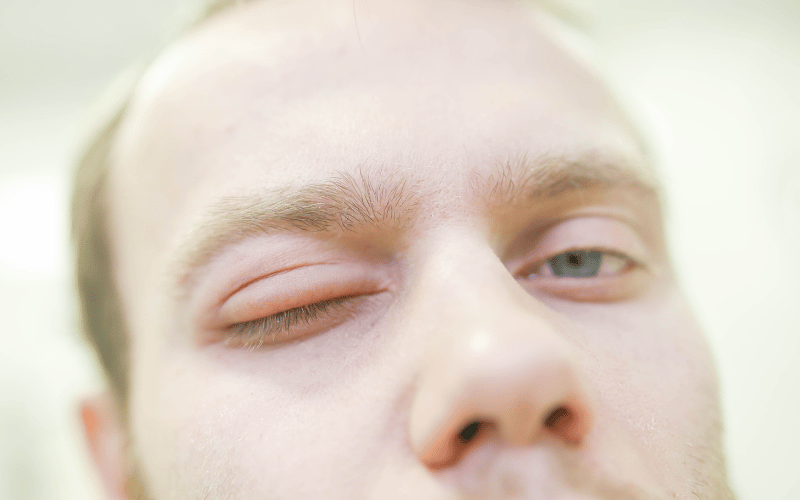Introduction

Angioedema, more popularly known as Quincke’s edema, is more than just an unfamiliar term; it’s a medical condition that affects countless individuals around the globe. Though at a cursory glance, it may seem like another skin reaction, the depth of this condition – both literally and metaphorically – goes deeper. This swelling beneath the skin can be alarming and, in some cases, even painful, warranting swift medical attention.
The skin, our body’s largest organ, acts as our first line of defense against environmental factors. When it swells, it’s a clear signal that something isn’t right. But angioedema isn’t just any swelling. It typically occurs in the deeper layers, affecting the eyes, lips, and at times, even the internal organs. For some, this condition might manifest as a minor inconvenience. For others, it can be a life-threatening situation, especially if the swelling obstructs the airway.
Different from hives – which also result in swollen, itchy welts on the skin – angioedema delves deeper. It strikes the layers beneath the surface, leading to more pronounced and severe swelling. What makes it further intriguing is its variety. While the symptoms might seem uniform at a glance, understanding its three primary types is essential for proper diagnosis and treatment.
With a rise in the number of diagnosed cases, understanding angioedema becomes more than just a medical necessity; it’s about improving patient quality of life. So, let’s uncover these three types, their characteristics, and how they stand apart.
Type 1: Allergic Angioedema

At the heart of allergic angioedema is our body’s innate response to perceived external threats. When an allergen infiltrates the system, the body doesn’t hesitate; it immediately swings into action. The swift release of histamines can lead to symptoms that many find all too familiar – itching, redness, and, most notably, swelling. But unlike a mild allergy, allergic angioedema can manifest dramatically, affecting larger areas like entire limbs or the face.
So, what are these allergens that can wreak such havoc? The usual suspects include certain foods, medications, and insect stings. Foods like nuts, shellfish, and some fruits are frequent offenders. Medications, particularly penicillin and some blood pressure drugs, have been linked to this condition. Insect stings, especially from bees and wasps, can also trigger a severe reaction in some individuals.
A defining characteristic of allergic angioedema is its speed. It’s not a slow, creeping onset. When exposed to a triggering allergen, the skin can react within minutes. This rapid response often leads to alarm, with patients reporting significant swelling in a short span. Such swift reactions demand prompt medical attention.
Antihistamines remain the first line of defense, counteracting the histamine surge that leads to symptoms. In more severe cases, where breathing becomes difficult, emergency treatments like epinephrine might be required. Beyond immediate treatments, the strategy shifts to prevention. This means understanding one’s allergies, undergoing tests if necessary, and always carrying prescribed emergency medications. (1)